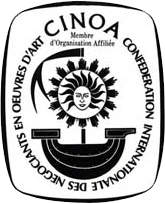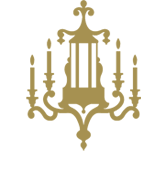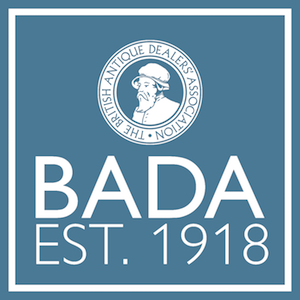
Thomas Chippendale Senior was born in Otley, Yorkshire and the exact date of his birth was never recorded, however what we do know is that he was baptised in Otley Parish Church on 5th June 1718. He had a family history of wood workers and timber traders, and it is highly likely he received some sort of basic apprenticeship from his father. It is also believed that he may have received some further training from Richard Wood, York’s leading furniture maker at this time, before he packed his bags for London. It was 1748 when he married Susan Redshaw and they proceeded to produce nine children in due course.
Not a great deal is known about Chippendale’s life and the work he performed until he embarked upon his great project, the publication of his stunning book ” The Gentleman and Cabinet Maker’s Director. ” This was published in 1754 and included 161 engraved plates of ‘ Elegant and Useful Designs of Household Furniture in the Gothic, Chinese and Modern Taste.’ It was an immediate sell out and a second edition was reprinted just one year later. A third edition, with many many new plates, then appeared in 1762.
The ”Director” was the first book of its type in England. Nobody had ever before attempted to publish a book of designs for furniture as a means of self promotion. The result was staggering. His business became known immediately to a vast array of potential clients and from that moment onwards Chippendale’s name became synonomous with the distinctive Rococo style.
It was during the same year that the Director was published, that Chippendale acquired his new premises at 60-62 St Martins Lane, which was right in the heart of London’s fashionable shopping area. Spectacular furniture could be seen regularly leaving these premises for some 60 years, until 1813 when his son, Thomas Jnr, was ejected having led the business into bankruptcy.
Chippendale liked to describe himself as an ‘upholder’ which implied that he supplied clients with any furnishing they desired. Put simply he was a very early entrepreneur, who built a large business which at its peak employed around 50 craftsmen in house and any number of workers outside of the workshops. He kept a very watchful eye over the workforce, and was very much the artistic driving force behind everything produced, ensuring that clients and potential clients were kept happy and that the business was always one step ahead in the fashion stakes. The work he loved best was when he was commissioned to furnish entire houses from top to bottom, creating magnificent and important pieces for the reception rooms, and ‘neat but substantially good’ items for the family and private rooms. There are many houses left today that Chippendale was assigned to, with Harewood House and Nostell Priory two of the most famous. The beauty of the empire he had created though was that he was also happy to serve casual customers who would walk in off the street, perhaps requiring a chest of drawers or a chair for their drawing room.
Their is much research on the clients Chippendale served and to date over seventy of them have been identified, with their patronage being documented through invoices, payments in account books and entries in bank ledgers. Around 600 pieces of furniture are able to be attributed to his workshop on the basis of documentation and convincing stylistic affinities, which is far more than any of his contemporaries. It is widely accepted that the term ” Chippendale Period ” now refers to any piece made in the Chippendale manner around the period that he was working himself. There is still an awful lot of furniture around to this date that it is possible to attribute strongly, if not definitely, to the Chippendale workshop.
It is easy to trace the way his style developed with time by looking at the rococo furniture made for Dumfries House (1750’s) which could of come straight out of his Director, followed by the early Adam inspired pieces which he made for Sir Laurence Dundas (mid 1860’s) which then led on to the far more mature neo-Classicism of Harewood House (circa 1770), which ultimately led to the stunning and refined elegance of Burton Constable in the late 1770’s. It would however appear that by this date Thomas Chippendale Jnr was in control of the business and Chippendale Snr passed away in 1778, having re-married just the previous year and still fathered another two children!

 MENU
MENU












